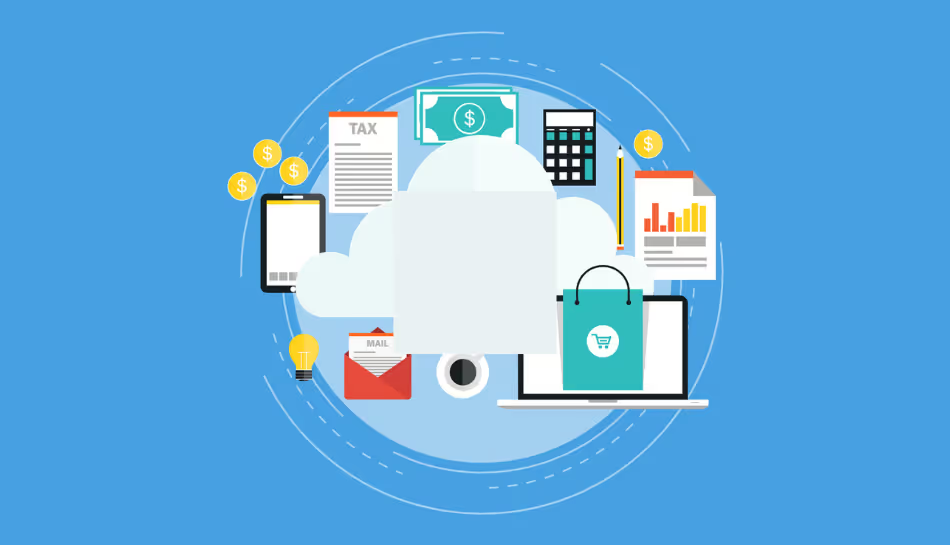
Cash flow is the lifeline of any business. It reflects the movement of money in and out of an organization, showing whether a company has enough liquidity to cover expenses and fund growth. For many small and large businesses alike, managing cash flow effectively is one of the biggest challenges. This is where modern accounting software plays a crucial role by simplifying cash flow management and ensuring better financial control.
Understanding Cash Flow
At its core, cash flow is the net amount of cash inflow and cash outflow within a business during a particular period.
- Cash inflows include revenue from sales, loan proceeds, and investments.
- Payments for things like rent, salaries, supplier invoices, and loan repayments are examples of cash outflows.
Along with the income statement and balance sheet, the cash flow statement is one of the three primary financial statements. It categorizes activities into operating, investing, and financing cash flows, helping stakeholders understand liquidity in detail.
Challenges in Managing Cash Flow
Businesses often face cash flow problems such as:
- Delayed customer payments.
- Poor visibility into pending expenses.
- Inaccurate cash flow forecasting.
- Difficulty in preparing timely cashflow reports.
Without proper tracking, companies may find themselves profitable on paper but struggling to pay bills on time.
How Accounting Software Helps Manage Cash Flow
Modern accounting software comes with integrated features that streamline every aspect of cash flow management. Here’s how it helps:
- Automated Cash Flow Tracking
Instead of manually recording transactions, accounting software automatically logs all cash inflows and outflows. This ensures real-time visibility into how money moves across accounts, reducing errors and delays. - Accurate Cash Flow Statements
An quick cash flow statement that separates operations into financing, investing, and operating categories can be produced by the majority of accounting platforms. - Cash Flow Analysis Tools
With built-in cash flow analysis, businesses can monitor trends, identify periods of surplus or shortage, and evaluate the impact of financial decisions. This makes planning more data-driven. - Cash Flow Forecasting and Projections
Good accounting software allows companies to create cash flow forecasting models and cash flow projections. By analyzing historical data and expected revenues or expenses, businesses can predict liquidity in the coming weeks or months. - Custom Cashflow Reports
Generating a cashflow report manually is time-consuming. With software, reports can be created instantly and customized to highlight overdue payments, upcoming bills, or seasonal fluctuations. - Improved Collections and Payments
Accounting software often integrates with invoicing tools, helping businesses send timely reminders and automate follow-ups. One of the main reasons of cash flow issues is late payments, which are decreased as a result. - Scenario Planning
Some advanced solutions offer “what-if” analysis, where companies can model different financial scenarios to see how changes in sales, expenses, or investments will affect cash inflow and cash outflow. - Integration with Banking
Modern platforms sync with bank accounts, giving real-time updates on balances and transactions. This ensures the business always has an up-to-date view of liquidity.
Benefits of Using Accounting Software for Cash Flow
- Better decision-making with real-time insights.
- Reduced chances of shortfalls and cash flow problems.
- Efficient tracking of receivables and payables.
- More accurate cash flow projections for investors and management.
- Enhanced financial transparency for long-term growth.
Final Thoughts
Managing cash flow effectively is not just about avoiding short-term crises, it is about building long-term stability. With the help of modern accounting software, businesses can automate cash flow statements, prepare reliable cashflow reports, conduct detailed cash flow analysis, and create accurate cash flow forecasting models.
By giving better control over cash inflow and cash outflow, these tools ensure companies are better prepared for challenges while unlocking opportunities for sustainable growth.

